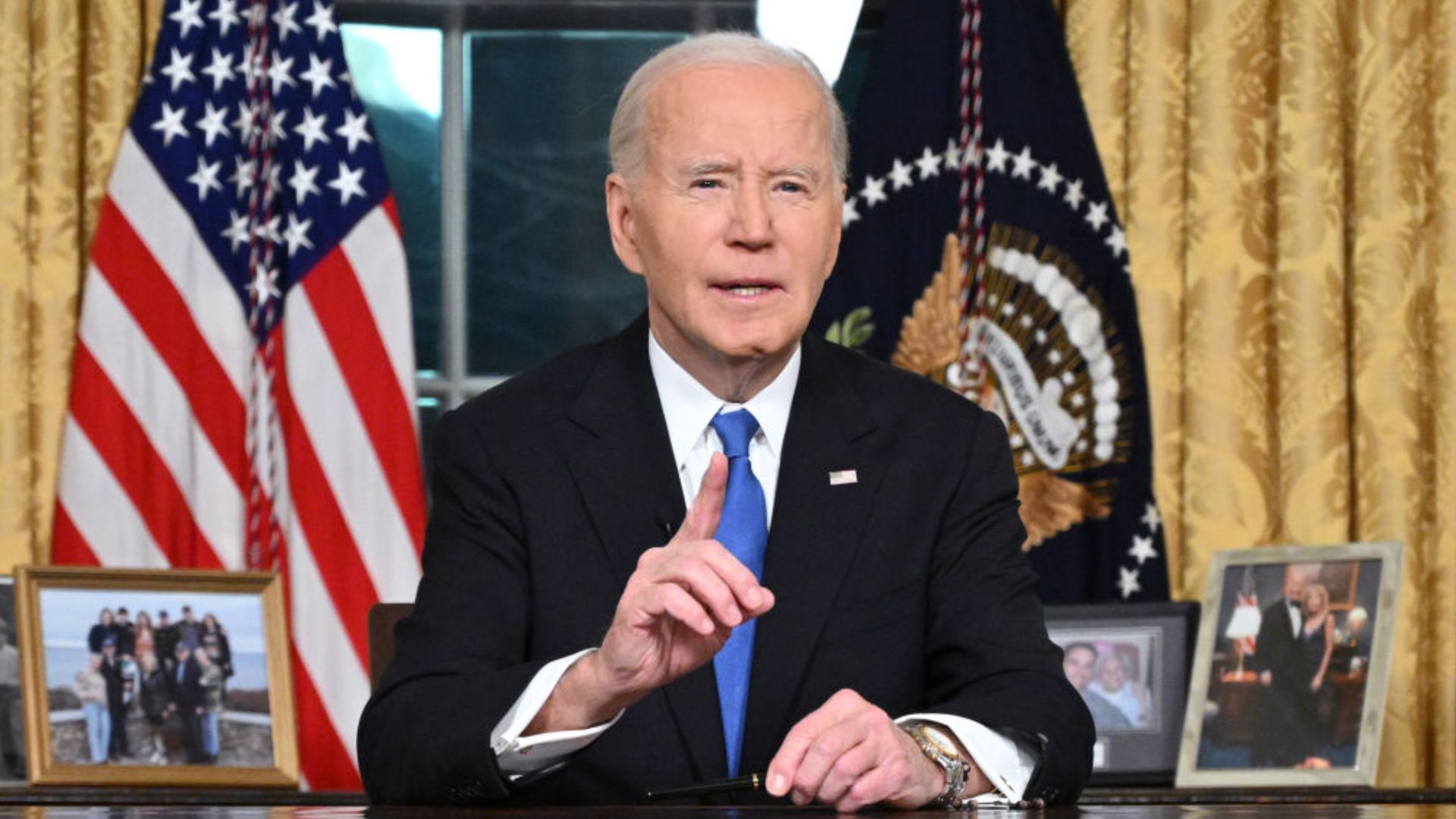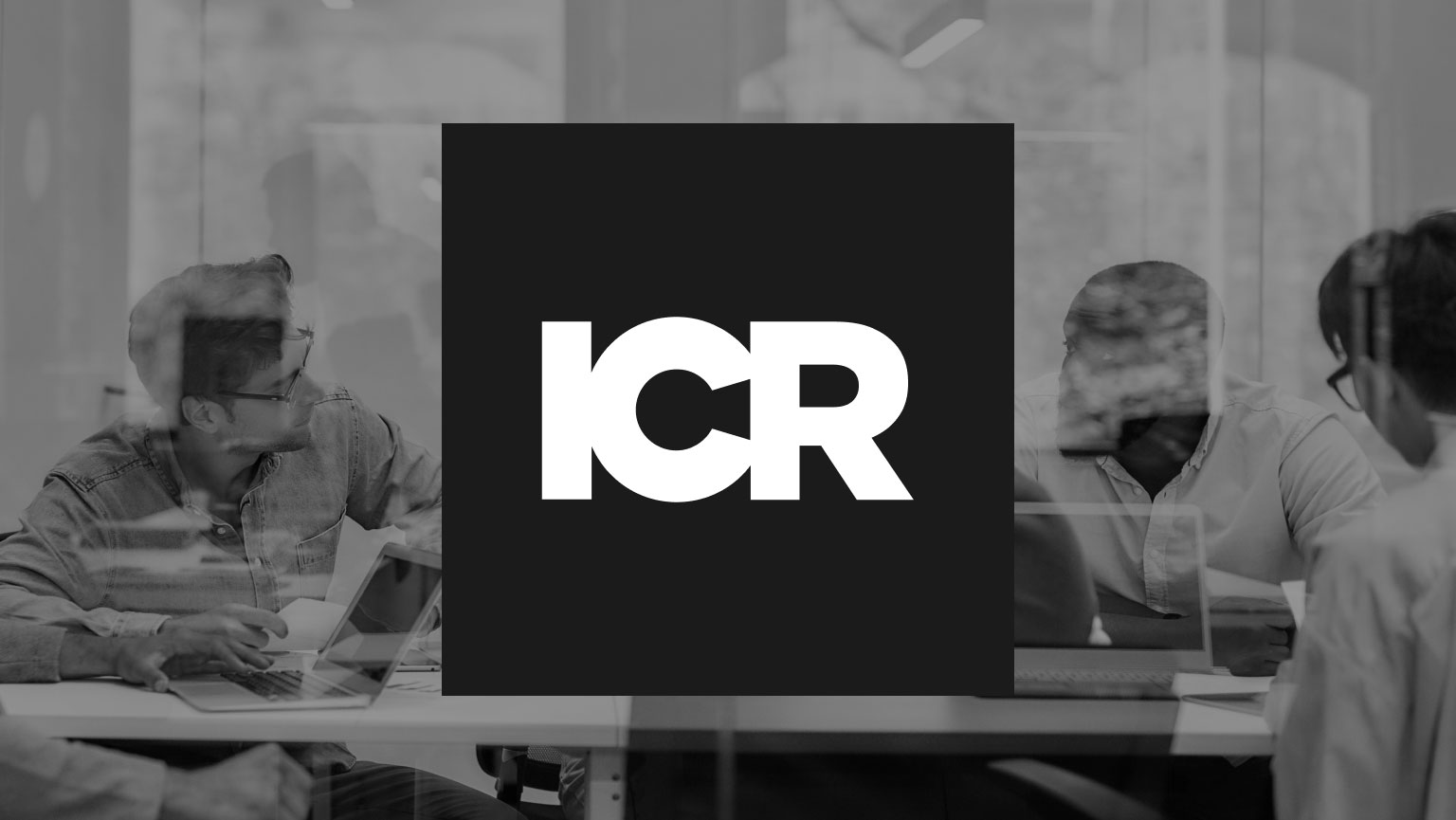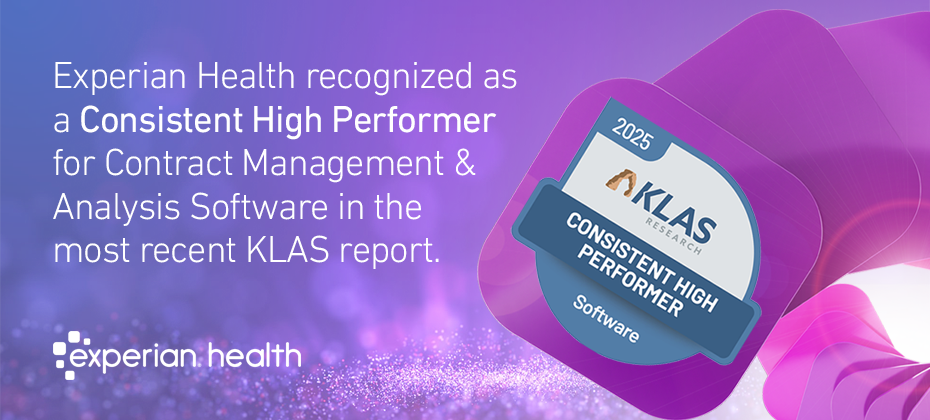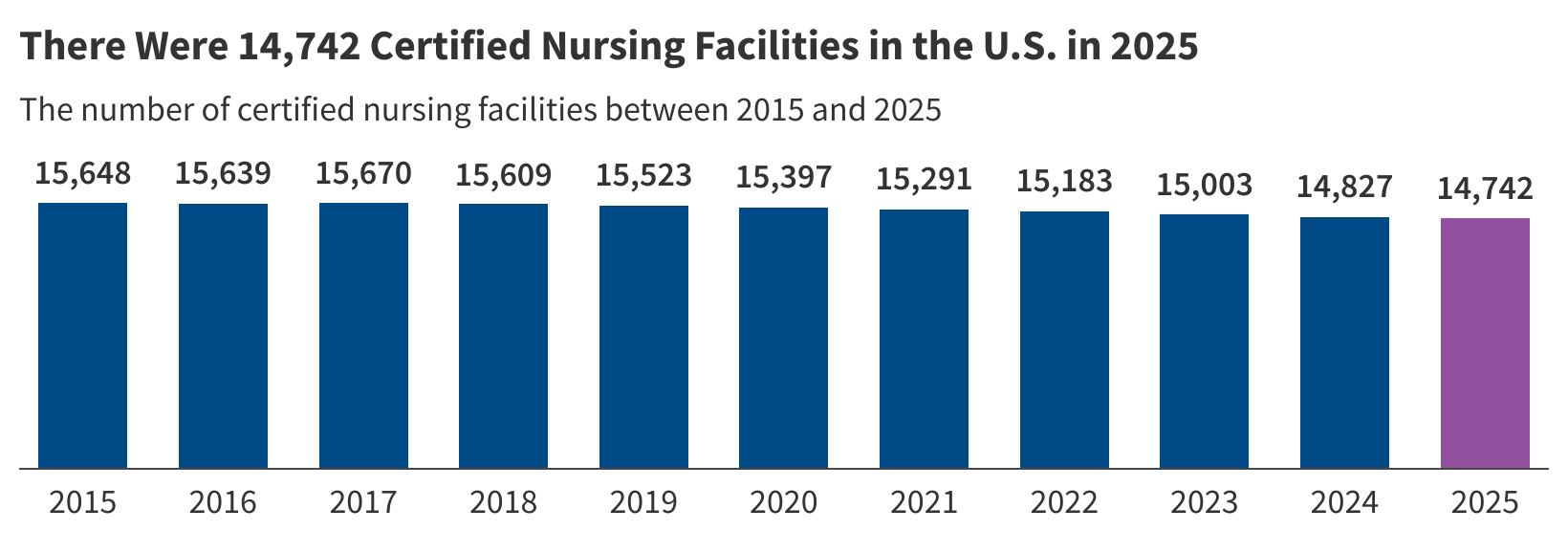The Biden administration unveiled its list of 15 drugs, which include GLP-1 drugs Ozempic, Wegovy and Rybelsus, for the second round of drug price negotiations, made possible through the Inflation Reduction Act (IRA).
Drug manufacturers will have until Feb. 28 to opt in to, or out of, negotiations with the federal government, which are expected to significantly reduce the prices of costly prescription drugs for Medicare Part D members.
“The drugs treat conditions such as diabetes and cancer, and seniors across the country rely on them,” said President Joe Biden in a statement. “These 15 drugs, together with the 10 drugs that Medicare already negotiated, represent about a third of Medicare Part D spending on prescription drugs, which means the lower prices my Inflation Reduction Act is delivering will put money back in seniors’ pockets across the country.”
After combining the total prescription costs under Part D from the inaugural round of negotiations, 36% of costs are addressed through this program.
“That just tells you how far-reaching this tool is, and how effective and impactful it will be in delivering for seniors,” said White House Domestic Policy Council Director Neera Tanden in a press conference with reporters Thursday.
Put differently, these 25 drugs represent just a sliver of the more than 8,000 drugs Medicare beneficiaries can seek. Yet those 15 drugs account for more than a third of seniors’ drug spending, highlighting the program’s ability to tackle one of the biggest cost drivers in the healthcare system, explained Department of Health and Human Services (HHS) Secretary Xavier Becerra.
High-ranking cabinet members and advisers view the price negotiation program as a legacy-defining achievement for Biden, just days before President-elect Donald Trump retakes the Oval Office.
“He made a promise and he delivered,” said Becerra.
Most notably on this list is the inclusion of certain GLP-1s drugs. These drugs are commonly used for Type 2 diabetes and weight loss and have been a revelation for millions of Americans who have struggled with their weight. All dosage forms and strengths of a drug are included in negotiations, even if they are sold under different brand names, said a senior Biden administration official.
The Biden administration recently proposed a rule requiring Part D and Medicaid cover anti-obesity medications by reinterpreting a long-standing statute. Payers have resisted covering GLP-1s for this purpose due to the drugs’ popularity and the high costs associated with them.
By choosing not to finalize the rule, the Biden team is kicking the issue to Trump, whose team will likely not want to pay for the drug’s coverage—but rejecting the plan could prove politically unpopular. If the proposed rule is finalized, negotiated prices on Ozempic, Wegovy and Rybelsus would be applicable to that rule.
The other drugs included on this list are Trelegy Ellipta, Xtandi, Pomalyst, Ibrance, Ofev, Linzess, Calquence, Breo Ellipta, Tradjenta, Xifaxan, Vraylar, Janumet and Otezla.
Republican lawmakers and the pharmaceutical industry have long disapproved of the price negotiation program, arguing the program disincentivizes innovation. It’s unclear whether Trump will make changes to the program or whether Congress will roll it back, likely spurring the Biden administration to select the second round of drugs before Trump retakes office. Either president had until Feb. 1 to finalize the list and notify drugmakers.
Just this week, Teva Pharmaceuticals sued the Centers for Medicare & Medicaid Services (CMS), challenging the agency’s guidance on the program. They were likely expecting Austedo and Austedo XR to be named to be selected—and they were. At least nine other lawsuits are currently active against the HHS.
“The United States has the most innovative treatment in the world, but that’s only meaningful if people can actually access them,” said CMS Administrator Chiquita Brooks-LaSure.
For several drugs, CMS agreed to the drugmaker’s counteroffer price, a senior Biden administration official said, trying to dispel the idea the process is not truly a fair negotiation, as manufacturers have claimed in lawsuits.
It’s estimated 5.3 million Medicare members use the 15 drugs selected today. They account for $41 billion, or 14% of part D spending, from Nov. 1, 2023, to Oct. 31, 2024. GLP-1 drug costs over that time period totaled more than $14 billion for nearly 2.9 million Medicare members, a CMS fact sheet (PDF) details.
If a drugmaker chooses to engage in price negotiations, it will engage in several rounds of discussions over price with the feds. Most pharma companies will likely choose to accept the results of negotiations to be able to sell to a large market of seniors.
The CMS says it evaluates a drug’s clinical benefits and its impacts on a specific population, research and development costs, production and distribution and the drug’s potential to fill unmet medical needs.
The outcome of the first 10 drugs selected for negotiation is expected to save individuals $1.5 billion in out-of-pocket costs in 2026. These drugs helped patients dealing with diabetes, heart disease, rheumatoid arthritis and cancer. The drugs’ new list prices equal 39% to 79% discounts compared to their former prices, yet even the negotiated prices are nearly three times more expensive on average than their costs in other comparable countries, according to a Peterson-KFF tracker. Giving Congress the ability to negotiate prescription drug costs with Medicare is overwhelmingly popular, polling from AARP shows.
Signed into law by Biden in August 2022, the IRA included the Empowering Medicare Seniors to Negotiate Drug Prices Act, a bill sponsored by Sen. Amy Klobuchar, D-Minnesota, which ended the ban on Medicare negotiating lower drug prices for seniors.
“For too long, big drug companies have put their profits ahead of the well-being of Americans who need life-sustaining medications,” Klobuchar said in a statement. “That is why I worked for years to end the big drug companies’ sweetheart deal that artificially raised prices at the expense of our seniors.
“The incoming administration must continue these efforts and fully implement this law so millions of Americans can benefit from these life changing savings,” she added.
It’s unclear exactly how the Trump administration will approach the program, but many deadlines are statutory in nature and must be followed on time, said a senior Biden administration official. The next deadline, Feb. 28, is a statutory deadline.
Should Trump decide to make changes, that would require additional program guidelines, new rulemaking and new information collection requests, said Erin Richardson, chief of staff for CMS.
On Jan. 1, a new $2,000 out-of-pocket cap on prescription drugs for Part D enrollees went into effect. This policy is expected to save 11 million Part D enrollees around $7.2 billion in costs. Others receiving financial assistance for prescription drugs are estimated to save $1,100 per enrollee this year.
“The Medicare program is now stronger, more affordable and provides better quality coverage than ever before,” said Becerra.
CMS has modified the negotiations process after receiving feedback from stakeholders. They will host one clinically-focused town hall, as well as roundtables with patients, caregivers and advocacy organizations.
Communications with drugmakers will happen sooner. Last year, formal negotiation meetings did not take place until CMS rejected counteroffers from manufacturers. Now, CMS will host a meeting after the initial offer is sent to pharma companies. A price exchange will happen outside of negotiation meetings, a CMS subject matter expert explained.
Publisher: Source link










